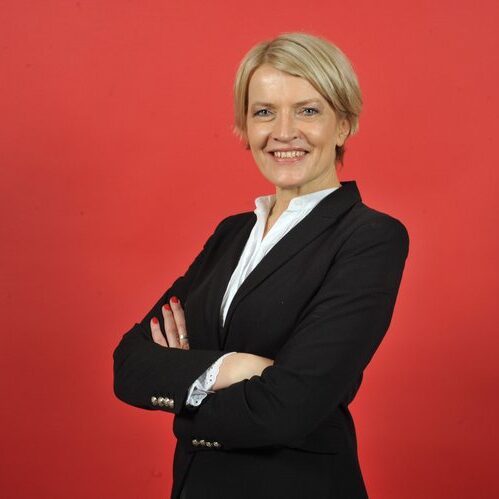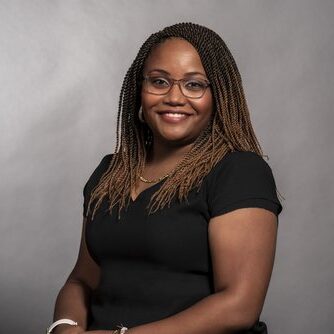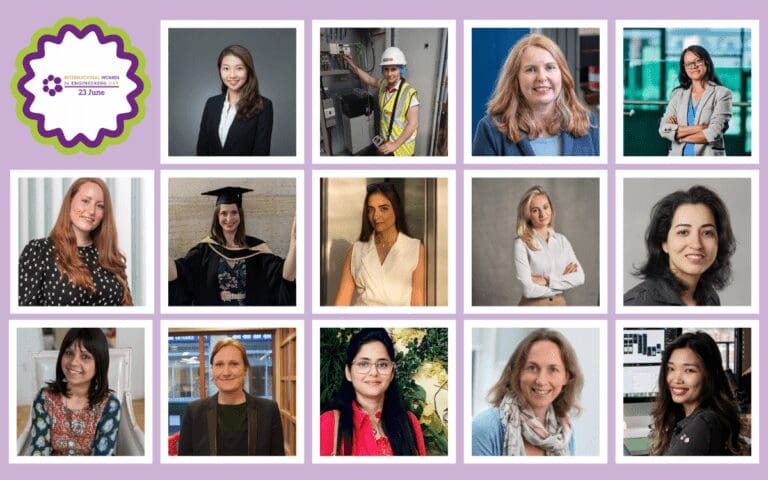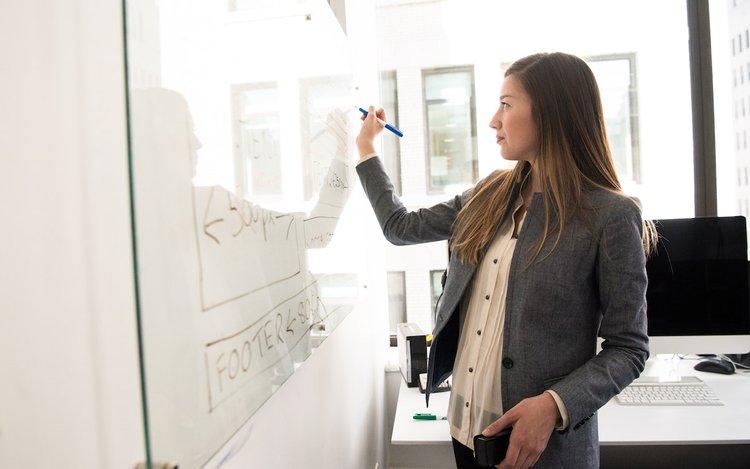Women have made important and necessary innovations, but there are still significant barriers that prevent them from advancing in this field.
The steps taken to date have inspired and made a difference; however, much work still needs to be done. As an industry, there are many ways to increase diversity and the number of women in the STEM workforce, but currently, women occupy just 29.4% of roles. The situation becomes more concerning when we consider engineering-related professions where women make up a mere 16.5% of engineers.
With that in mind, business leaders have reflected on what companies can do to encourage and inspire women and girls to enter the engineering workforce and how to support them to include and allow them to shine.
MAGNIFYING DIFFERENT VOICES

Organisations that limit opportunities to only a select group of individuals are depriving themselves of the greater achievements that come with innovation, creativity, and change. Lani Leuthvilay, Head of Product Marketing at PlainID, recognises the value of a different perspective and the significance of providing early encouragement: “It’s well known that varied viewpoints help to foster better innovation, which is at the heart of the STEM industry. When team members share similar backgrounds and exhibit similar patterns of thinking, they may not be able to identify solutions quickly nor find a compelling way to communicate their relevance to people who may benefit from the solutions. That’s why it’s so important to encourage women from diverse backgrounds to study STEM subjects from a young age to provide a variety of perspectives that foster creative solutions and attract a wide range of clients.”

“There’s no reason why women can’t succeed in whichever engineering role they choose — and we need them to! Diversity in engineering is crucial in ensuring that technology, infrastructure, and software represent and meet the needs of all future users”, adds Aqilla’s CEO and Founder, Hugh Scantelbury. “To that end, we should feel optimistic about the growing number of girls studying STEM subjects.
“But we must ensure they are encouraged and supported in the workplace too.”

Lindsay Gallard, Chief People Officer at Six Degrees, shares how his company values their female employees and what their contributions have done for the company:“We genuinely believe that everything we are able to achieve has been made possible by the invaluable contributions of women in the field of engineering – their expertise, their innovation, and their diverse perspectives. Six Degrees is proud to amplify their voices, break barriers, and champion women in shaping the future of engineering.”
ADVERTISING FOR ALL
With recruitment practices and internal biases influencing opportunities for women, drastic changes are needed to stray from male-centric hiring processes.
“One key thing that is relatively easy to change and will make a huge difference is the terminology used in job adverts.

“It needs to be simplified and friendlier in tone.”
You don’t need to be a technical whizz or have an engineering degree to enter the field but so often we see them listed as a candidate ‘must have’”, highlights Node4’s Mini Biswas, Specialist Team Unit – Operations Lead.
“In this day and age, there should be more use of words like ‘flexible’, ‘remote working’ and ‘willing to develop’, which will make the roles more approachable for women.”

Caroline Seymour, VP of Product Marketing at Zerto, a Hewlett-Packard Enterprise company, looks at what businesses can do to make a meaningful impact from the very beginning:“They can start by using job descriptions which are gender neutral, gathering diverse candidates for interviews, and making sure there are women present on the interviewing team. Additionally, there should be regular pay equity reviews, mentorship and advancement opportunities for different groups, and regular evaluation of the hiring and promotion process to spot any potential biases.”

Fluent Commerce’s VP of Engineering, Wendy Zveglic, has seen the impact words can have and took action after being disappointed with the number of women applying for a role she advertised: “Women are often socialised to hold themselves back, doubting their abilities when confronted with requirements or job descriptions. Leveraging the power of technology, I utilised Textio in 2020 to revise the job description, making it more appealing and accessible to women.
“The results were astonishing—within a mere 72 hours, 20 talented women had applied, compared to 2 applicants using the previous job description. This experience reinforced the notion that companies must adapt their hiring strategies to attract and empower women.”
ENCOURAGING AND SUPPORTING ROLE MODELS
It is crucial that women in the industry not only seek to inspire the next generation of girls but that their organisations support them in doing so too.

“Organisations should encourage involvement by showcasing female role models, dedicating time to organising engineering events and partnering with schools to find new ways to inspire the next generation of female engineers”, implores Agata Nowakowska, AVP EMEA at Skillsoft.
“By showing a commitment to equality of opportunity amongst their technical teams, organisations are ultimately promoting greater inclusion in the sector. This will tap into a talent pool that is currently severely underutilised.”

Intellias’ Head of the QA Center of Excellence, Liudmyla Suslova, agrees, “When it comes to the underrepresentation of women in engineering, we need more visible role models to inspire young women and show them that success knows no gender. Limited awareness and encouragement is a powerful barrier – be it from parents, educators, and careers counsellors – lowering interest and participation from a young age.”

Opening doors for young women to seek higher training is another step that can be taken to forge a clearer path into engineering. Dr Shirley Knowles, Chief Inclusion and Diversity Officer at Progress highlights how her company has made efforts to act in this way: “Organisations need to introduce initiatives that will have a real impact.
“These should include those designed to increase the number of women coming into the industry by supporting STEM education.”
For example, Progress launched a Women in STEM scholarship series, beginning in 2019 with the founding of the “Progress Mary Székely Scholarship for Women in STEM” in the US.”
“It’s time to engage in open and candid conversations with your superiors – don’t be afraid to voice your aspirations, whether seeking out training opportunities, exposure to new projects, or mentorship,” adds Razan Doleh, Senior Software Development Engineer in Test Lead at Cubic Transportation Systems. “By becoming your most prominent advocate, you inspire others to follow suit, leading the way for more women in leadership positions.”.
Business leaders have already begun to set a precedent on how best to encourage women and girls to pursue careers in engineering. It is time for all organisations to take notice of the success they can achieve with the help of talented, educated, and innovative women with the proper support in place. Let this Women in Engineering Day be a reminder of the work organisations can do every day to make lasting change; there is an abundance of talent waiting in the wings!








